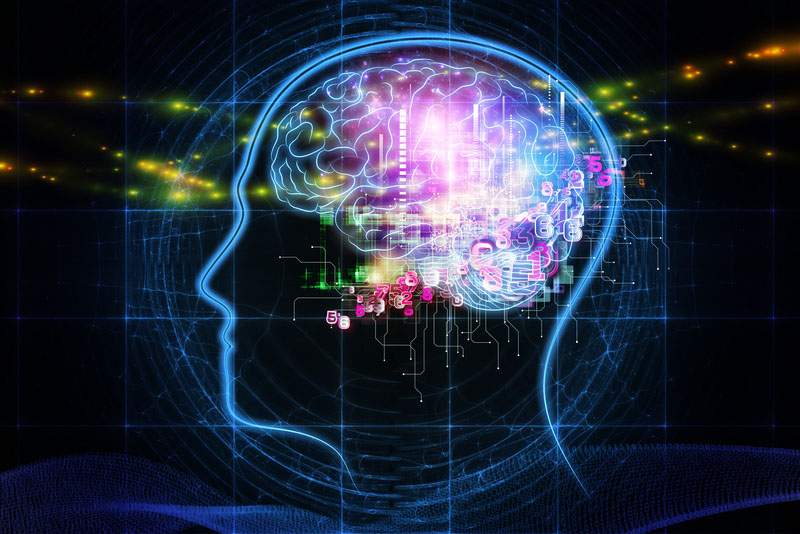
Neuroscientists know brains work very differently than digital computers. Some engineers and computer scientists think making progress on artificial intelligence requires making computers work the same way as human brains.
It's theoretically possible. A digital computer is a general purpose machine.
There's potential for a computer to be able to simulate any other type of computing machine by being programmed with the right software. Developers can write software to simulate the behavior of systems of nerve cells, or neurons, that can reproduce some of their behavior.
Synapses
The big problem is mimicking the signaling that goes on between neurons at their connections, called synapses. Synapses constantly change in strength, depending on how often, and in what combinations, they are activated.
Researchers think these lasting changes in strength are the basis for learning. With conventional electronics it takes a whole system of capacitors and transistors to simulate just one synapse, and this consumes space and power on a microchip. Remember that the human brain has a quadrillion synapses.
This makes it hard, but not impossible. In 2017, a team of researchers announced developing an electronic device called a memristor that can reproduce the simplest capacities of a biological synapse to change its strength with activity.
The memristor is a kind of transistor, only three hundred nanometers across. The device could eventually make it possible to construct artificial brains rivaling natural ones in memory density and power consumption.









